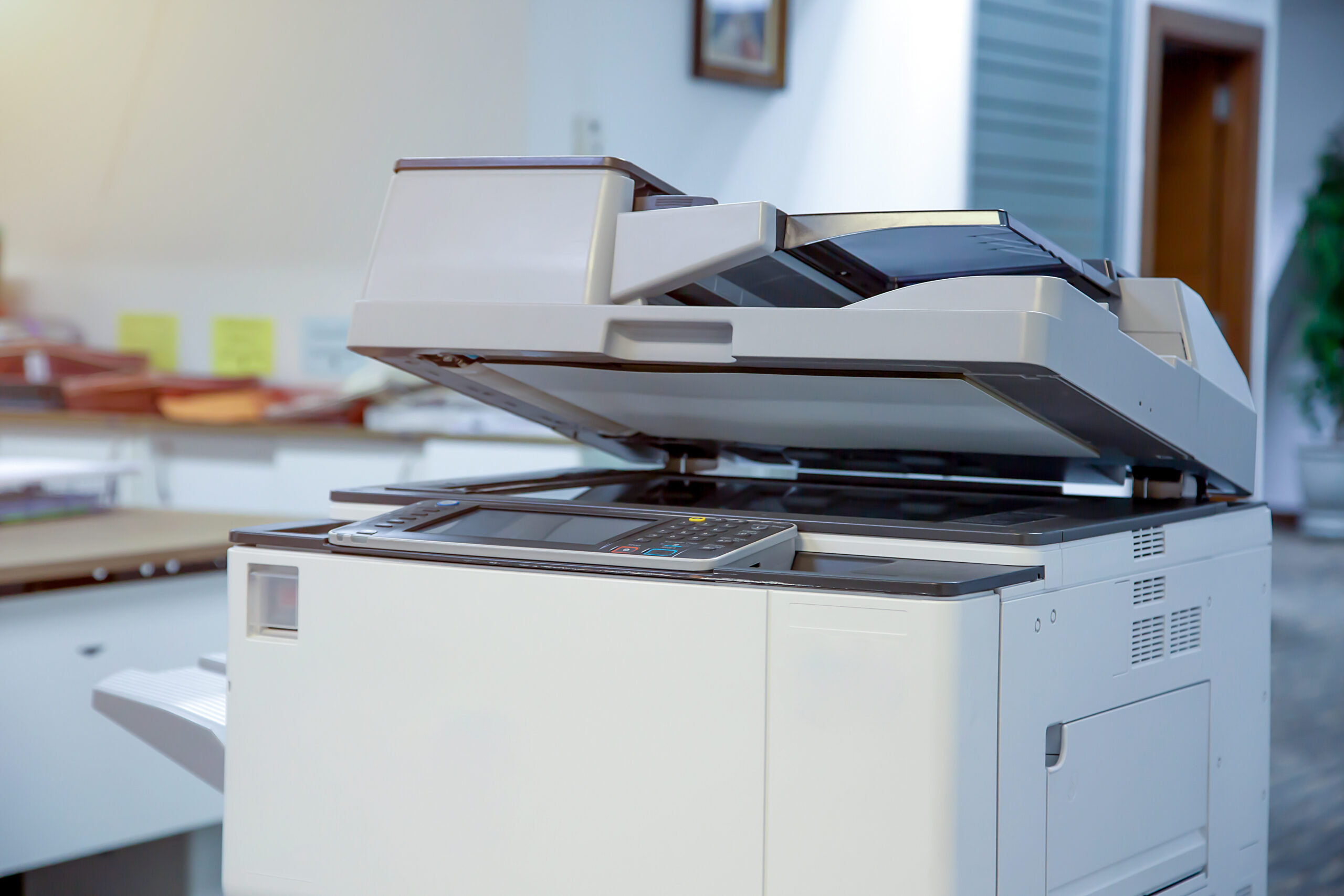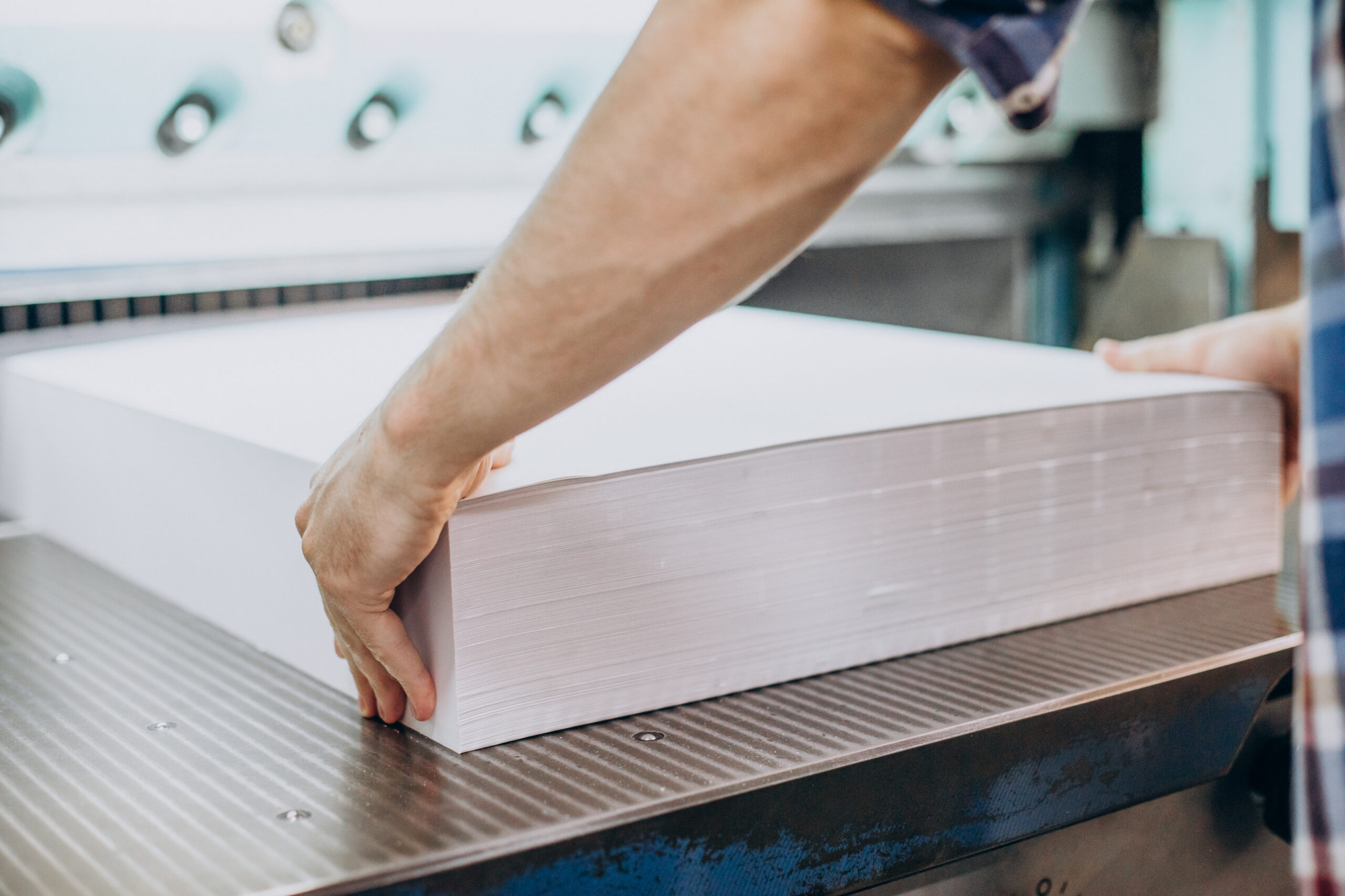Memory card (also known as flash memory card, flash memory card or flash memory card) is a small portable data storage device widely used in various electronic devices to store almost any data: photos, videos, music, documents. , games and programs. It is basically a chip (a set of electronic circuits) that can be written and rewritten multiple times.
USB flash drives vary in shape, size, storage and compatibility. They can be used as primary data storage or to expand the storage capacity of devices such as mobile phones, laptops, tablets, digital cameras, camcorders, drones, MP3 players, consoles, printers and more.
• How are memory cards different from other data carriers?
• Main types of memory cards
• Differences between miniSD, microSD, SDHC, SDXC and SDUC
How are memory cards different from other storage devices?
Flash cards are small (mostly no bigger than a thumbnail) and easy to use. Unlike hard disks (HDDs), memory cards have no moving parts and are therefore considered much more resistant to mechanical shocks and temperature fluctuations. However, they are not as durable as USB sticks because they do not contain plastic or rubber.
The flash memory card can also be easily removed from the electronic device. However, compared to a USB memory stick that is inserted directly into a USB slot, a memory card usually requires connecting it to a computer using a card reader.
Although some modern electronic devices such as laptops or tablets come with built-in card readers, most require an external card to access data on a computer’s flash memory card. On the other hand, USB flash drives are compatible with all devices that have a USB port, while USB memory cards cannot be inserted into any of your devices because different devices usually accept different types of memory cards.
What are the main types of flash memory cards?
In recent years, the choice of USB memory cards has narrowed significantly due to standardization. Currently, the most common are SD memory cards, Memory Stick and CompactFlash. They also have more or less popular sub-varieties (for example, for Memory Stick memory cards, they are Memory Stick Duo, Pro Duo, Pro-HG Duo and Micro M2). And the least common but still used are xD Picture Card, MultiMediaCard (MMC) and SmartMedia.
The first type in the list, SD or Secure Digital, has already become an industry standard. SD cards are used by more than 400 brands and are found in more than 8,000 electronic devices. They come in different abilities, speed classes and shapes.
Memory Stick was invented by Sony and can be found in devices released before 2010. CompactFlash was designed specifically for digital cameras and is the type of card used in high-end single-lens DSLR cameras today.
In general, each device is compatible with a certain type of memory card. However, some of them may have a universal slot or even several slots for different USB memories.

What is the differences between miniSD, microSD, SDHC, SDXC and SDUC?
With a wide range of sizes, capacities and models, SD memory is used in almost every type of device, from digital cameras to MP3 players. Currently, users can choose between the following SD memory cards:
• miniSD, which are based on SD technology but are smaller than standard SD memory cards. These are typical for portable devices such as smartphones and MP3 players, and are usually sold with a special adapter that allows them to be inserted into a standard SD card slot.
• microSD (also known as T-Flash and TransFlash), which are even smaller than miniSD and have almost replaced them in smartphones and tablets;
• SDHC/microSDHC (Secure Digital High Capacity) with file system and#40;FAT32and#41; differs from standard SD cards (FAT16) and has a capacity of up to 32 GB;
• SDXC/microSDXC (Secure Digital eXtended Capacity), up to 2 TB capacity and exFAT file system by default;
• SDUC/microSDXC (Secure Digital Ultra Capacity) with exFAT and high capacity up to 128 TB.
In terms of compatibility, older generation SD slots are not compatible with new generation memory cards such as SDHC, SDXC or SDUC. However, most SDXC cards are backwards compatible with SDHC card slots, which in turn accept SDXC cards if they are pre-formatted to FAT32.
Note that some SDXC compatible slots are programmed to handle 32GB and larger exFAT cards and may not accept SDXC cards reformatted to FAT32. The writing speed of SD memory cards also varies:
• Class 2 – of 2MB/s;
• Class 4 – of 4MB/s;
• Class 6 – of 6MB/s;
• Class 10 – of 10MB/s.
And another variation of the classification of SD memories: according to the read/write speed, the cards of the new generation (of SDHC) are divided into UHS-I (Ultra High Speed) up to 104 MB/s, UHS-II up . up to 104 MB/s p. 312 MB/s, UHS-III up to 624 MB/s and SD Express up to 985 MB/s.



